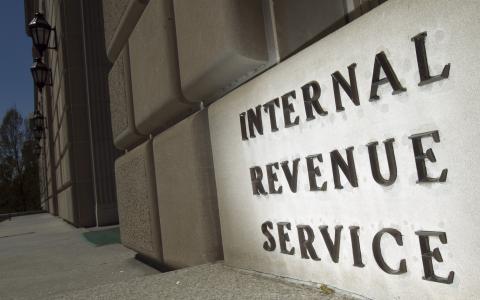
(Forbes) Each year, the IRS announces changes to retirement plan contributions for 401(k) plans, individual retirement accounts and more. If you’re in the process of saving for retirement, it is essential to know the current contribution limits and take maximum advantage of them, if possible.
The most notable changes for the coming year apply to 401(k) plans. The contribution limit for 401(k) plans increased by $500, to $19,500 for 2020. The catch-up contribution (which is available for individuals who are at least 50 years old) will be $6,500 next year, an increase from the current limit of $6,000. It is notable that while there have been a few increases to the 401(k) contribution limits in the past few years, this is the first time the catch-up contribution limit has increased since 2015.
The contribution maximums for IRAs are unchanged. The limit remains $6,000, with an additional $1,000 allowed for those 50 and older.
For self-employed individuals who make contributions to a Solo 401(k), the new maximum contribution will increase by $1,000, to $57,000 for 2020. However, one thing to note is the minimum compensation for those wishing to make the full contribution will increase $5,000, to $285,000 in 2020.
While the 401(k) plan changes might seem small, the effect of rising contribution limits year after year can add up to a sizable amount over the working life of most people. If you are in a financial position to make the full contribution to a retirement account, it is in your best interest to do so.
Making consistent contributions to a retirement account, whether a workplace 401(k) plan, IRA, Solo 401(k) plan or another type of account, is important for several reasons. For starters, regular contributions are an effective way to lower your tax burden for the year in which the money is contributed to a retirement account. Another reason contributions are important is the tax treatment of capital gains inside a retirement account. Once the money is in such an account, it is allowed to grow tax-free until taken as a distribution, or in the case of a Roth account, tax-free forever. Tax-advantaged accounts take advantage of compound returns, as selling an asset inside the account won’t subject you to a taxable event; rather, the basis and the gains go right back to work for your future retirement.
Whatever your preferred option, the No. 1 rule for retirement is to participate in a retirement account. A staggering 15% of Americans have nothing saved for their post-working lives. The simple truth is this: If you are not participating in a 401(k), IRA or other retirement savings vehicle, you are leaving money on the table. For younger Americans burdened with student loan or credit card debt, it’s crucial to not only focus on debt repayment, but also to consider putting away something for retirement, as well.
To ensure your retirement comfort, it is vital to begin saving and investing for retirement as early as you are able. The earlier you start contributing to a retirement account, the longer that money will be able to work for you, and the less burden you will have to save in the later stages of your career.



